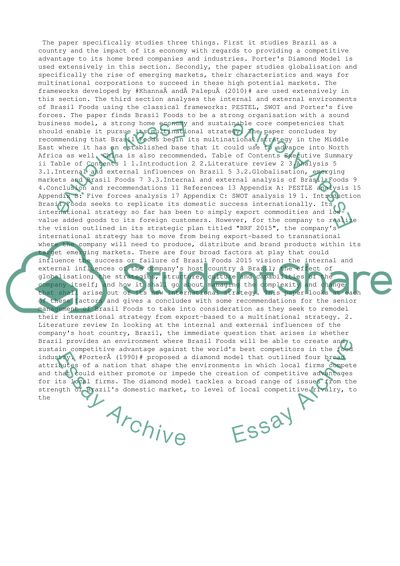Cite this document
(“Assignment on Brasil food Essay Example | Topics and Well Written Essays - 3000 words”, n.d.)
Assignment on Brasil food Essay Example | Topics and Well Written Essays - 3000 words. Retrieved from https://studentshare.org/management/1400479-change-and-continuity-in-contemporary-business
Assignment on Brasil food Essay Example | Topics and Well Written Essays - 3000 words. Retrieved from https://studentshare.org/management/1400479-change-and-continuity-in-contemporary-business
(Assignment on Brasil Food Essay Example | Topics and Well Written Essays - 3000 Words)
Assignment on Brasil Food Essay Example | Topics and Well Written Essays - 3000 Words. https://studentshare.org/management/1400479-change-and-continuity-in-contemporary-business.
Assignment on Brasil Food Essay Example | Topics and Well Written Essays - 3000 Words. https://studentshare.org/management/1400479-change-and-continuity-in-contemporary-business.
“Assignment on Brasil Food Essay Example | Topics and Well Written Essays - 3000 Words”, n.d. https://studentshare.org/management/1400479-change-and-continuity-in-contemporary-business.


